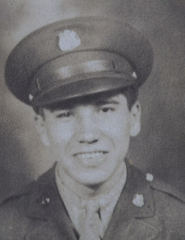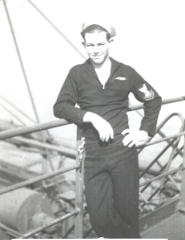Ralph Espinosa was born on June 6, 1924 in Topeka, Kansas; the son of Michael and Alice Espinosa. After graduating high school in Topeka, Ralph enlisted in the United States Navy and served nearly six years. His service number is 342 51 86. His basic training was at Great Lakes, Illinois and he was aboard the USS Savannah, the USS Harrison and the USS Tolovana before his discharge from service in June of 1947. Ralph attained the rank of Coxswain and was awarded seven stars in the Asiatic Pacific Theater, one star in the European African Theater and was awarded the WWII Victory Medal. In 1957 Ralph became part of the Highland Park, Illinois Police Department. He worked 29 1/2 years, retiring in 1986. He was an excellent marksman and won proficiency awards for his skill. Mr. Espinosa was a member of the American Legion and the Veterans of Foreign War. He enjoyed traveling and boating. On June 5, 1999; Ralph married Gloria and together they enjoyed nearly 11 years having fun traveling, boating and living in Michigan, Canada and Florida. They had 7 children, 10 grandchildren and at least 11 great-grandchildren. More details regarding Espinosa's service: Espinosa was assigned to the USS Savannah by Nov. 9, 1941. Savannah (CL-42) was a light cruiser of the Brooklyn-class. She was in New York Harbor when the Japanese attacked Pearl Harbor on 7 December 1941. She steamed that same day toward Casco Bay, Maine, and from there she steamed via Bermuda to Brazil, arriving at Recife on 12 January 1942. She joined the screen of the aircraft carrier Ranger, in patrolling the Atlantic Ocean north of Bermuda. This island became the cruiser's temporary base while she watched over Vichy French warships based at Martinique and Guadeloupe in the French West Indies. Savannah departed from Shelly Bay, Bermuda, on 7 June, and entered the Boston Navy Yard two days later for an overhaul. This was completed by 15 August. Savannah next steamed to readiness exercises in Chesapeake Bay that would prepare her for the invasion of North Africa. Savannah became a unit of Admiral H. Kent Hewitt's Western Naval Task Force which would land some 35,000 Army troops and 250 tanks at three different points on the Atlantic coast of French Morocco. As part of the Northern Attack Group, commanded by Rear Admiral Monroe Kelly, Savannah departed from Norfolk on 24 October 1942, and then rendezvoused with the Western Naval Task Force four days later at a point about 450 miles south southeast of Cape Race. The Task Force, including the outer screen, covered an area approximately 20-30 miles, making it the greatest warship fleet to be sent out by the United States up to that time. Shortly before midnight on the night of 7 – 8 November 1942, three separate task groups closed in on three different points on the Moroccan coast to begin Operation Torch. Savannah's Northern Attack Group was to land Brigadier General Lucian K. Truscott's 9,099 officers and men, including 65 light tanks, on five widely separated beaches on either side of Mehedia. Their objectives were the Port Lyautey city and its all-weather airfield, the Wadi Sebou, and the Salé airfield. On the morning of 8 November 1942, Savannah commenced firing against Vichy guns near the Kasbah, which had been firing on the Army troop's landing boats. She also temporarily silenced a battery which had opened up on the destroyer Roe, enabling her to avoid a disaster. By the next morning, Savannah's 6 in (150 mm) guns had scored a direct hit on one of the two 5.4 in (140 mm) artillery guns in the fortress of Kasbah and had silenced the other. During that same day, Savannah's scout planes started a new phase of warfare by successfully bombing some tank columns with their depth charges, whose fuses had been set to detonate on impact. The scout planes, maintaining about eight hours of flight time daily, struck at other shore targets, and they also kept up antisubmarine patrols. Savannah's warplanes located an enemy battery that had been firing on the destroyer Dallas, and eliminated the battery with two well-placed depth charges. This action aided Dallas in winning the Presidential Unit Citation for safely landing a U.S. Army Raider Battalion on the obstacle-strewn Wadi Sebou, just off the airport near Port Lyautey. Savannah's scout planes again bombed and strafed enemy tanks on the Rabat Road on the morning of 10 November 1942. Throughout this day, her gunfire aided the Army's advance. Hostilities fittingly ended on Armistice Day, 11 November. Four days later, Savannah headed for home, and she reached Norfolk on 30 November. When the ship was commission on January 25, 1943, Espinosa was assigned to the USS Harrison (DD-573), a Fletcher-class destroyer. Following shakedown training in the Gulf of Mexico and Caribbean, Harrison escorted a merchant ship to the Panama Canal Zone, and sailed for New York. She then joined a convoy for Casablanca, and after touching at several points in the Mediterranean returned 1 June to Charleston. Harrison was then assigned to anti-submarine exercises in Caribbean waters with carrier USS Yorktown (CV-10), after which she performed escort duty in the area until 22 July 1943. Harrison was assigned in mid-1943 to the Pacific Fleet, where the crescendo of amphibious war was beginning. Departing with carrier USS Lexington (CV-16) from Norfolk, Virginia 22 July, the ship arrived Pearl Harbor 9 August and spent the next days training for the important amphibious operations. Her job was to screen the carriers as their aircraft softened up Japanese-held islands, and the task group got underway 22 August for strikes against Marcus, Wake, and Tarawa, interspersed with short resupply stops at Pearl Harbor. With these vital preliminary operations complete, Harrison departed 21 October for duty in the Solomons. She arrived Espiritu Santo, New Hebrides, 4 November and departed the next day, arriving at Empress Augusta Bay on 7 November, Bougainville, to screen transports carrying reinforcements. As she patrolled off the bay, where Marines had landed 1 November, the Japanese launched a fierce night attack with dive bombers and torpedo planes 8–9 November. Harrison's gunners accounted for at least one plane during the battle. The destroyer departed 14 November for the Gilberts operation and again screened transports as they put initial assault troops ashore 20 November. Harrison remained off Tarawa until 29 November, when she took up patrol off Makin. The ship then sailed to Funafuti 7 December and engaged in training exercises before anchoring at Pearl Harbor 1 January 1944. She remained in Hawaiian waters for most of January taking part in fire support exercises for impending invasion of the Marshall Islands. Harrison sailed with the Southern Attack Force 22 January 1944, and arrived off Kwajalein 31 January. She screened battleships USS New Mexico (BB-40) and USS Mississippi (BB-41) while the larger ships pounded shore installations, and sank a small tanker with her guns as the Japanese ship attempted to escape from the lagoon. As the Marines landed on Kwajalein and advanced over the numerous islands in the atoll, Harrison entered the lagoon 4 February and rendered close fire support. She spent the next 4 weeks patrolling offshore and anchored in the lagoon, departing 1 March for Efate, New Hebrides. The destroyer arrived Efate 7 March and after a short rest screened a task group during the strike on Kavieng, New Ireland, 20 March. Returning to Efate 25 March, she joined some 200 ships for the largest operation yet attempted in the southwest Pacific, the occupation of Hollandia. Harrison arrived New Guinea 1 April, engaged in patrol and escort operations until 19 April, and then sailed to Humboldt Bay for the assault. Carriers screened by the destroyer and her sisters bombarded enemy airfields and supported the successful landing, after which Harrison arrived Port Purvis on Florida Island in the Solomons on 11 May for a month of local exercises and patrols. Next on the timetable of conquest in Micronesia were the Marianas, and Harrison sailed 4 June for the Marshalls to prepare for that operation. Arriving Kwajalein 8 June, she engaged in patrolling and readiness operations until 17 June, when she sailed for Guam. Espinosa's service continued, but there are no other online resources currently. He may have stayed in the USS Harrison until the commissioning of the USS Tolovana in Feb. 1945. If, so, the USS Harrison went on to support the invasion of the Philippines. The USS Tolovana's major contribution was the delivery of fuel oil during the battle of Okinawa. Courtesy www.dignitymemorial.com, fold3.com, www.history.navy.mil and en.wikipedia.org
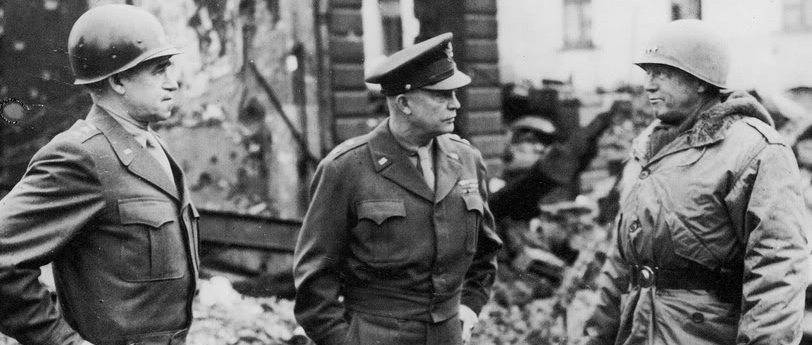
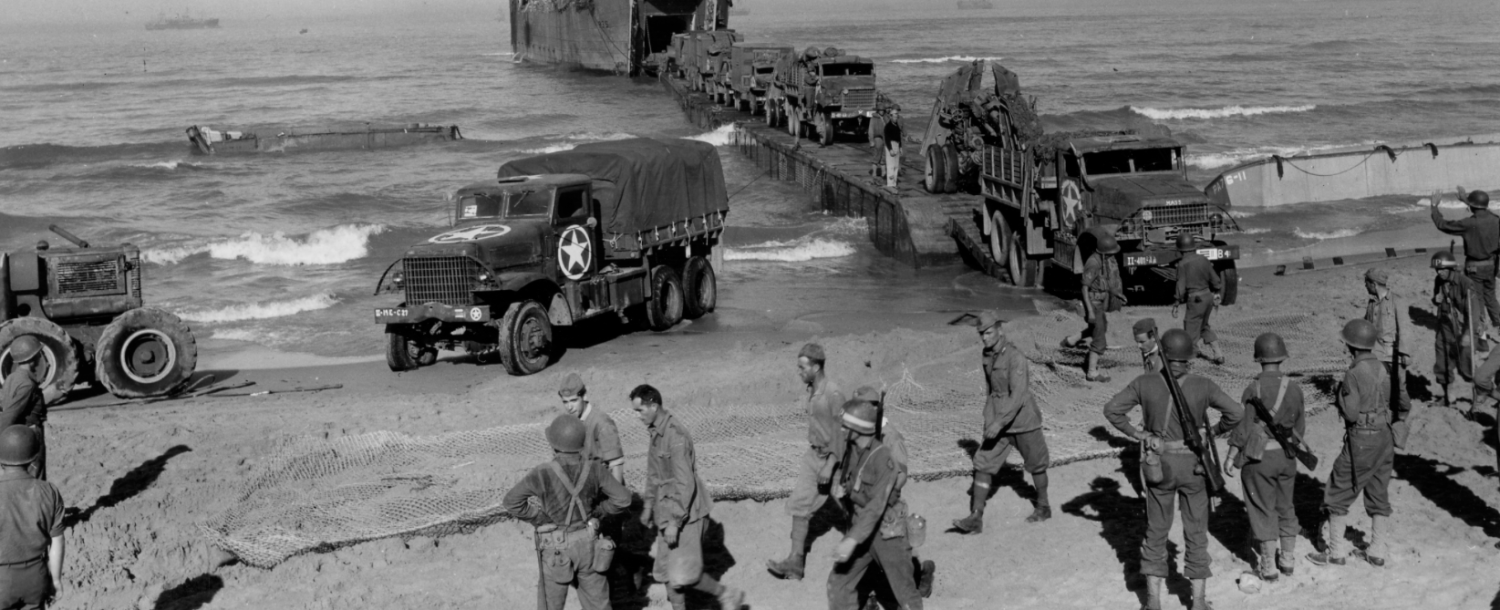
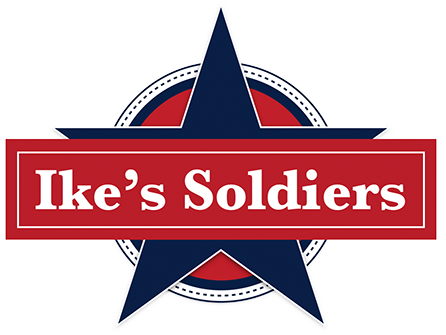


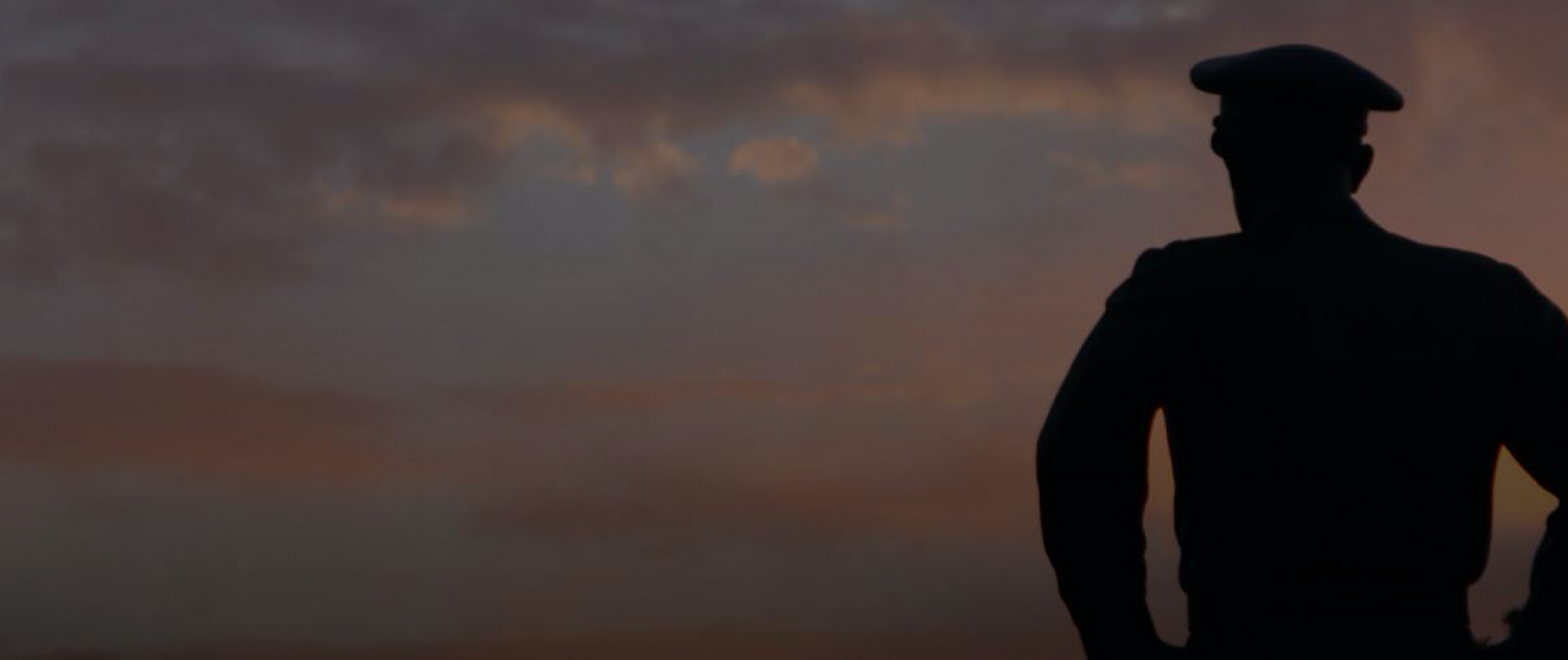

 Eisenhower Foundation
Eisenhower Foundation





